Table of Contents
- Eco Gardening Tips #1: Mulch Your Garden
- Eco Gardening Tips #2: Pick Native Plants for Eco-Gardening
- Eco Gardening Tips #3: Adapt Organic Gardening
- Eco Gardening Tips #4: Store Rainwater
- Eco Gardening Tips #5: Feed those Little Beings
- Eco Gardening Tips #6: Lights to Set Right Mood
- Eco Gardening Tips #7: Add a Green Wall in Your Eco-Garden
- Eco Gardening Tips #8: Important Points to Consider for Eco-Gardening
There is no proper definition of "eco-gardening," but it is certainly an idea to minimise humans' impact on the environment. It is no wonder how humans contribute to destroying nature. Pollution, deforestation, and waste disposal are some of the primary factors that lead to environmental damage. So if you get the slightest opportunity to contribute to protecting nature, you shouldn't hesitate!
Don't fret! You don't have to start big and even a tiny step would do. For that, you can start by creating an eco-garden at home. A simple garden is a sustainable solution, is more economical, and requires less maintenance.
So, let's get started on eco-gardening tips for your home.
7 Eco-Gardening Secrets to Hone Your Green Fingers
1. Mulch Your Garden
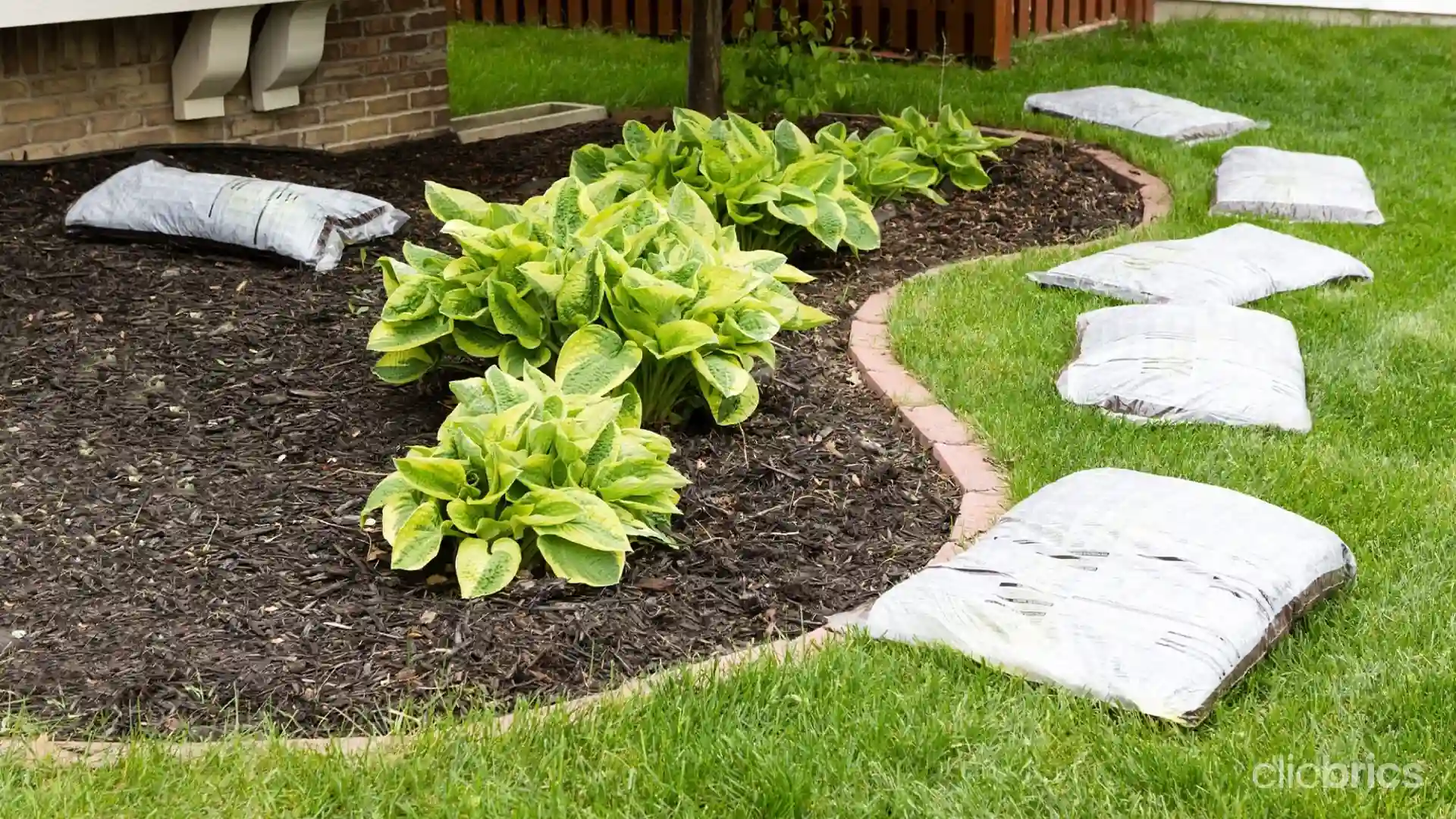
The mulching process is used in gardens to save water, prevent weeds, and improve the soil around plants. Mulching your garden also provides a nice, tidy look and decreases the time spent watering plants. It also plays a vital role in the water-restricted area.
To begin eco-gardening, add 2–3 inches of mulch to your garden beds, depending on your preference, and you'll be set for a year.
Also Read: Modern Decor for Your Balcony Garden
2. Pick Native Plants for Eco-Gardening
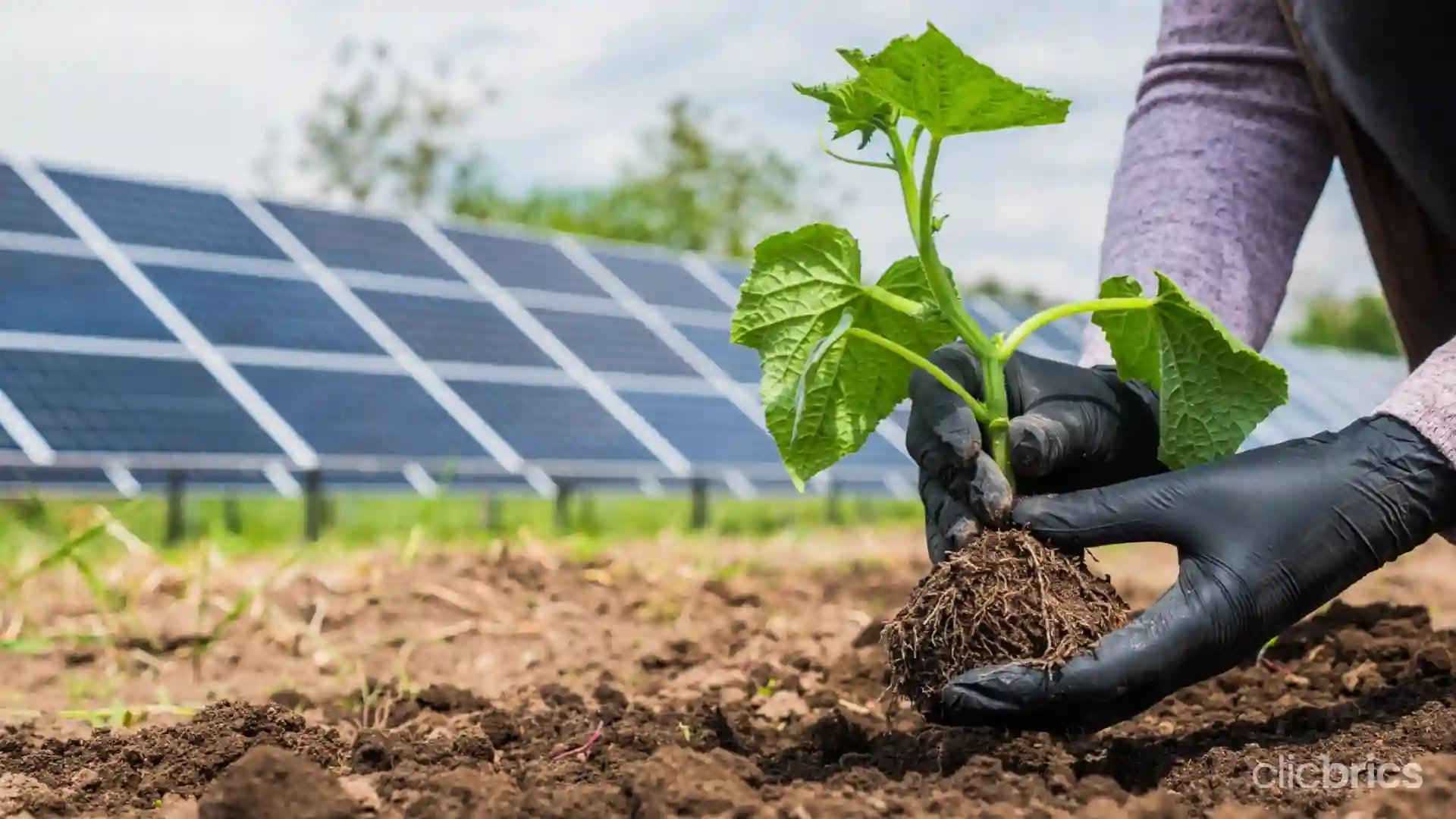
Include native plants in eco-gardening setups to help insects and bird population by offering food and shelter. Marigold, hibiscus, brinjal, aloe vera, methi, tulsi, gulmohar, and neem are some of the well-known native plants of India that require less work and water and thrive better than other perennials because they are already suited to your climate, rainfall, and soil types.
3. Adapt Organic Gardening
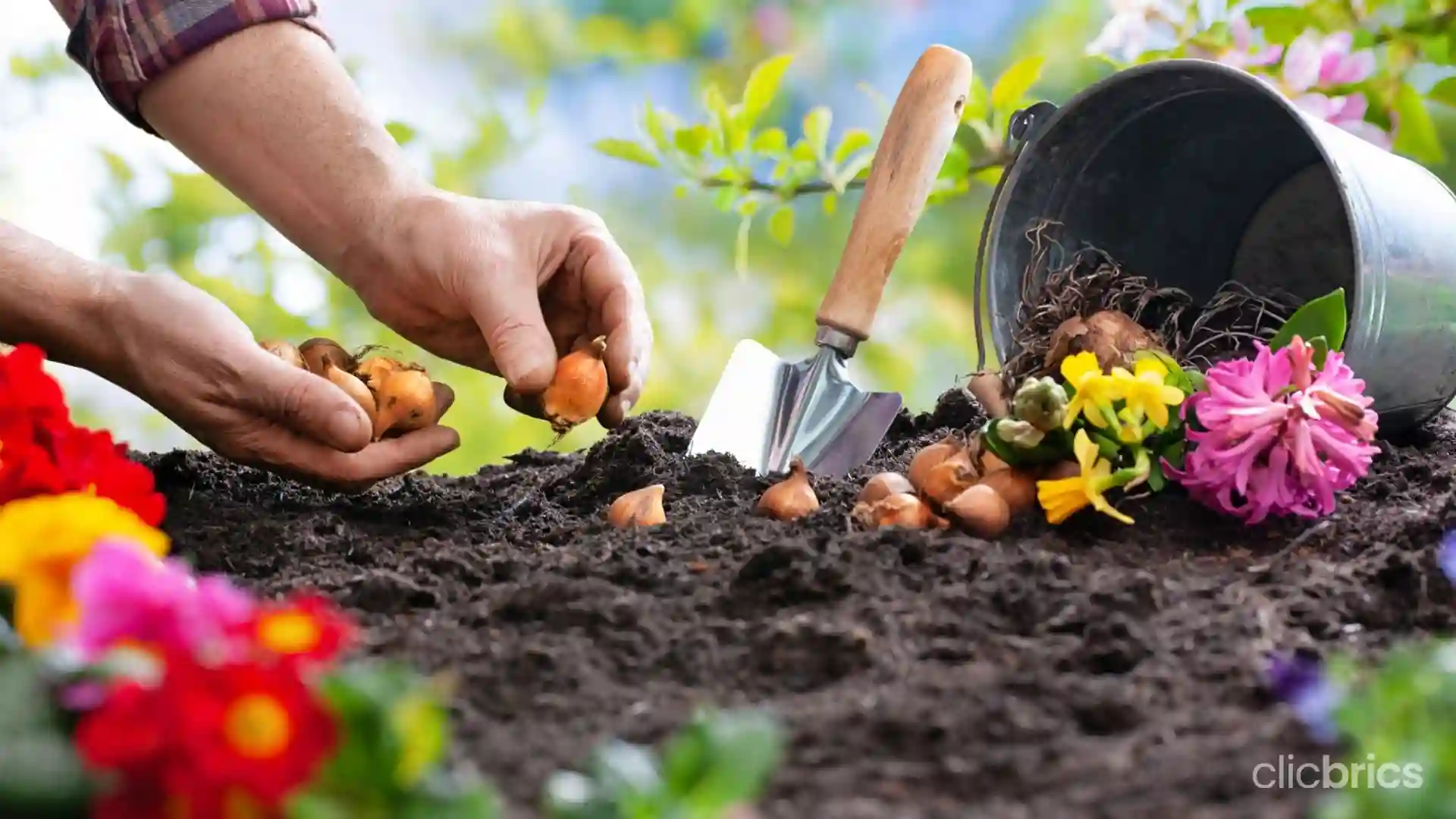
Begin your eco-gardening journey by refraining from using pesticides. Instead, start using organic growing methods as they are more ecological and cost-effective. You can grow food for your family by gardening organically at home. For that, start from the ground up by making the soil rich in nutrients and adding natural compost to the soil. Even treat insect pests or plant diseases with organic solutions rather than chemicals.
Also Read: Tech Tools to start smart gardening at home
4. Store Rainwater
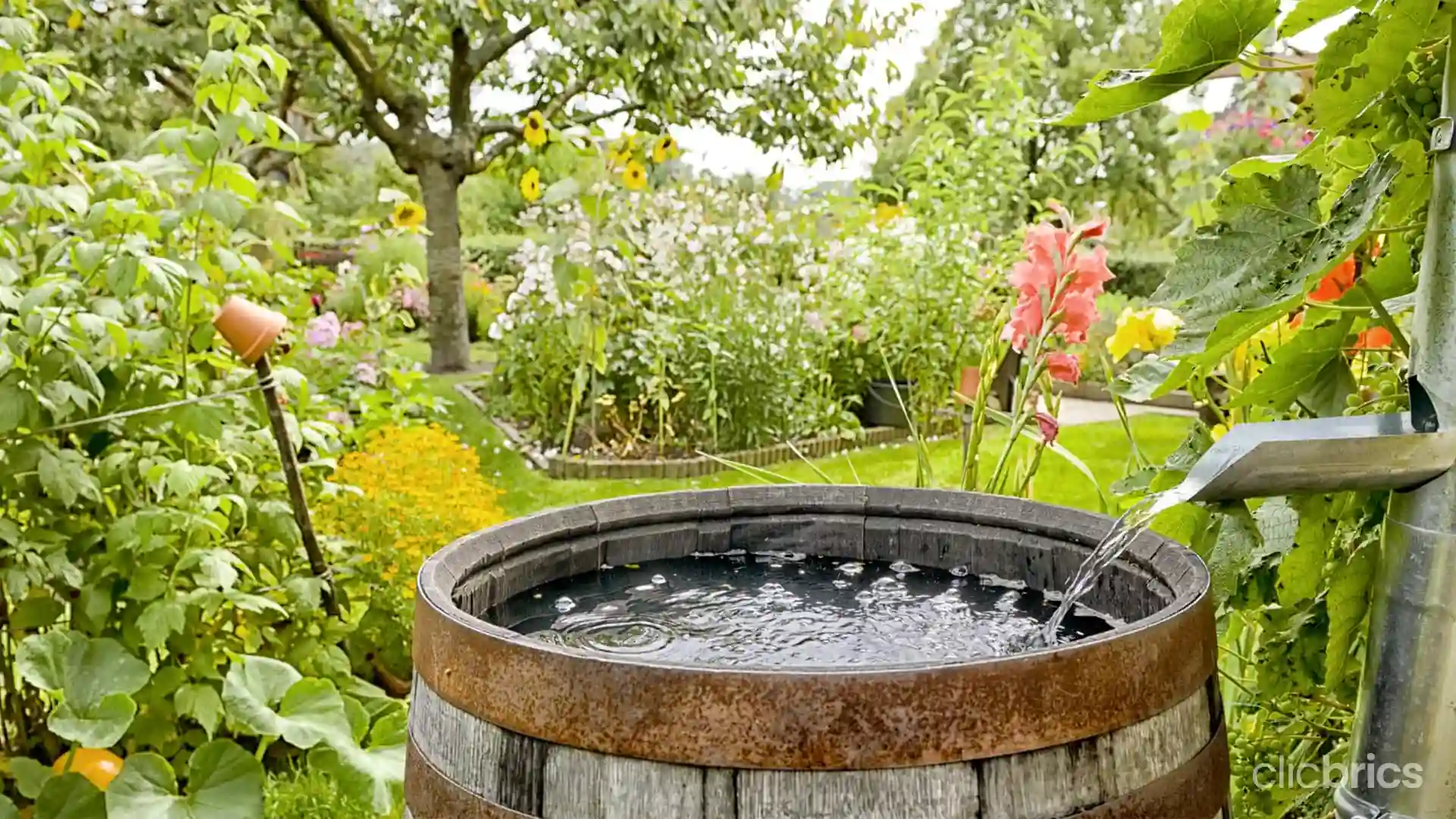
Consider saving rainwater. Start using a large container to collect the rainwater from your downpipes. Once done, water your eco-garden at home. If you live in an area without rain, you can use the drained water from steamed or boiled vegetables. That water is full of nutrients and can be used as a fertiliser for your garden.
5. Feed those Little Beings
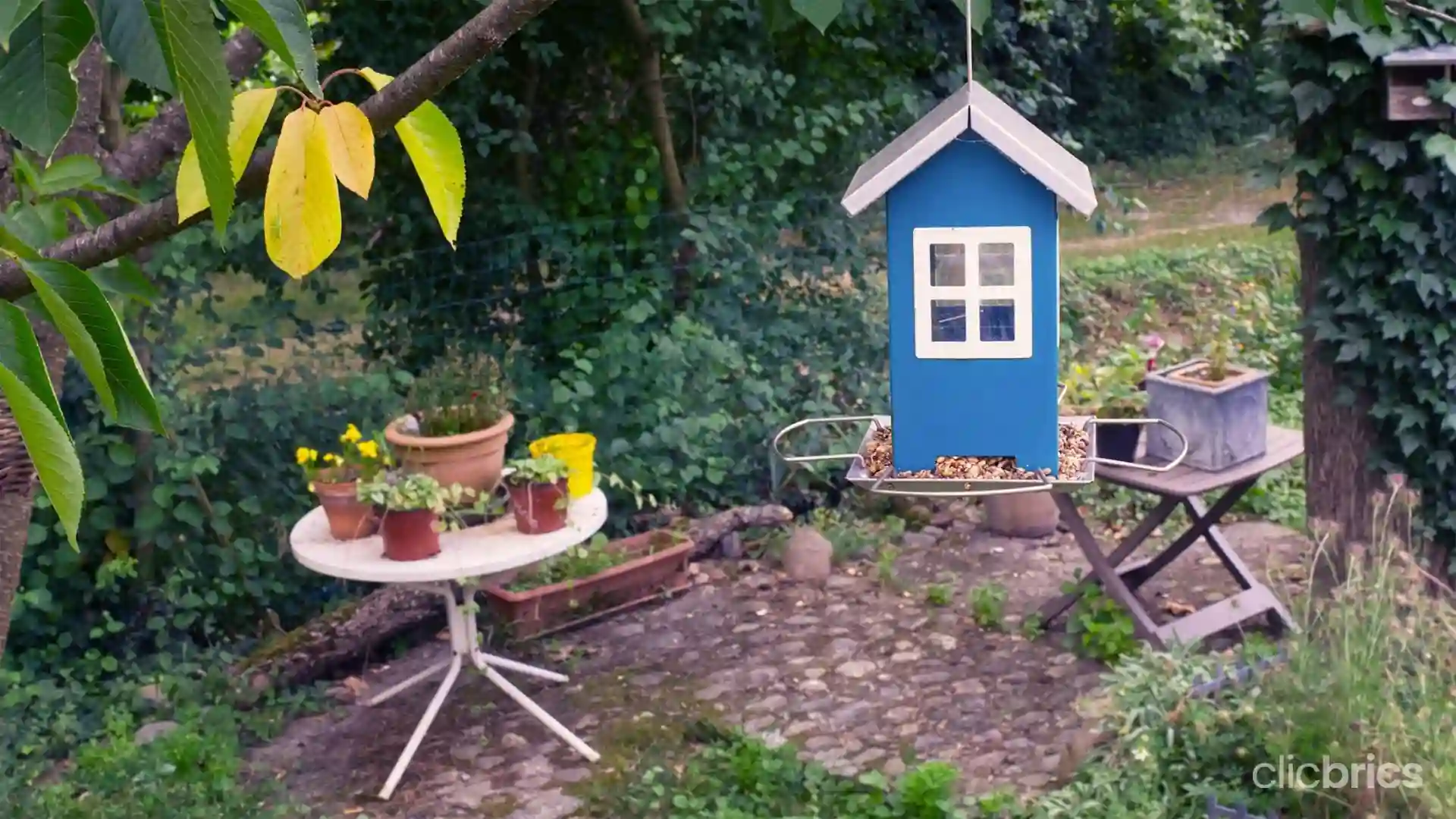
Putting food in the bird feeder is the best way to attract more birds to your eco-garden. It is considered reasonable to make your garden more attractive by encouraging wildlife. If you want birds to control caterpillars, erect nest boxes and put out heavy food.
Also Read: Balcony gardening ideas for apartments in India
6. Lights to Set Right Mood
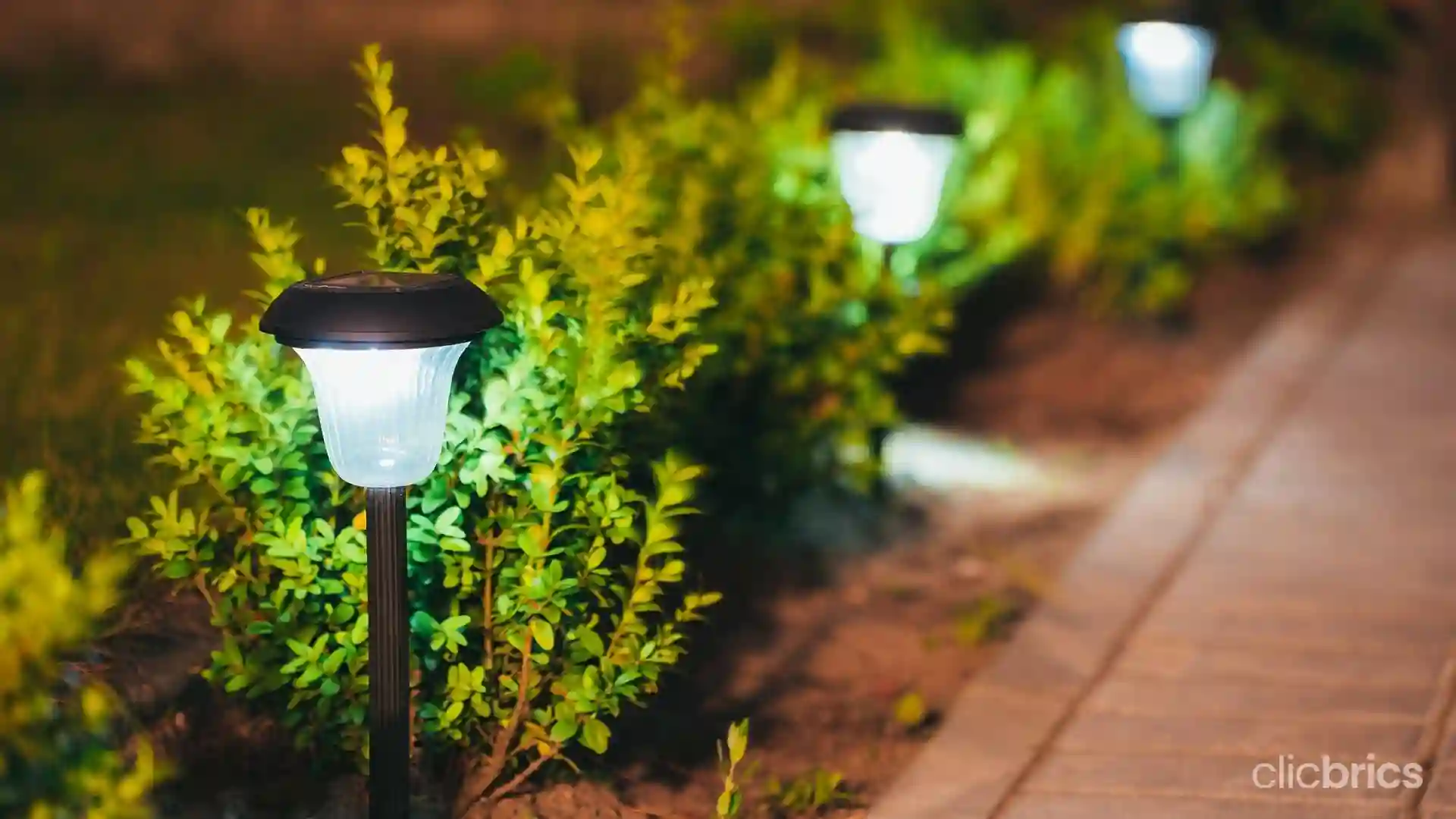
A sustainable eco-garden also means consuming less energy. So opt for using solar-powered hanging lights as they are cheaper and more energy-efficient. You can also use bamboo, jute, and recycled glass bottles with stuffed LED lights to beautify your garden more sustainably.
7. Add a Green Wall in Your Eco-Garden
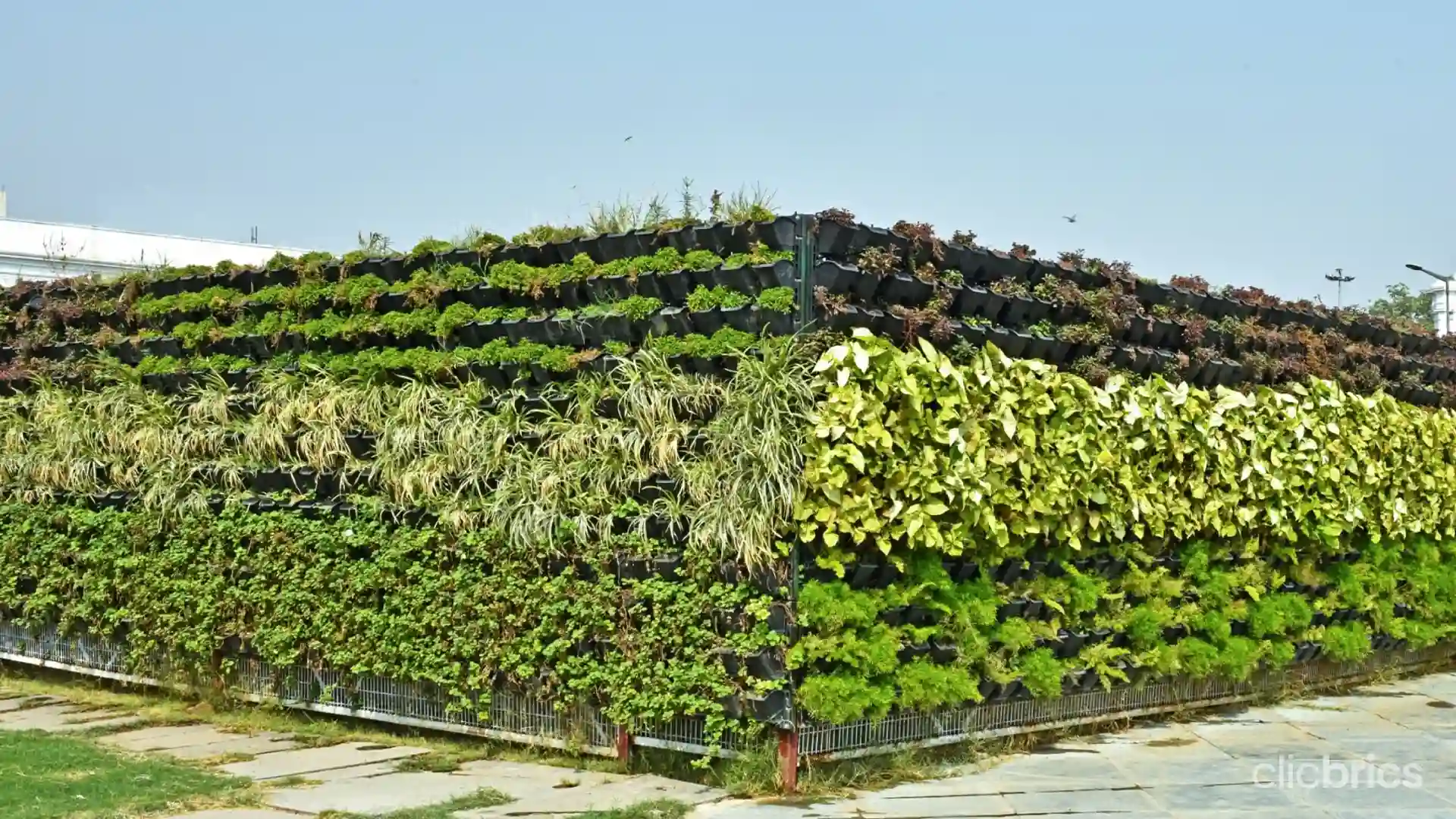
Now that you've mastered the art of eco-gardening, why not work on beautifying? You can create a green wall or a vertical garden to enhance the look of your eco-garden. It's great as these vertical gardens work as natural air filters. Not only this, but your environment gets cleaner, and you help reduce the buildings' carbon footprint by filtering pollutants and boosting good air quality.
Also Read: Indoor plants to add extra greenery to your home
Important Points to Consider for Eco-Gardening
- Cut off the healthy nodes of your plant and use them to grow new plants for your garden.
- Understand the importance of sunlight if you want your plants to thrive. If your garden is where there is a lack of sunlight, then your plants will lose their colour. So, plant them in the right light.
- Avoid using sprinklers in your garden.
- Keep water for birds and insects in a small bowl.
- Prepare your compost, which is a fantastic way to recycle green waste.
- Invest more in large plants than smaller ones, as they can contain more soil. More soil brings more water retention to pots; thus, plants don't require water that often.
Also Read: Design Indoor Gardens Like The Pros Using 6 Strategies
Conclusion
We hope that the tips mentioned above will help you do better eco-gardening. Don't just rush into making your garden pretty; keep some of it untidy. Gather some leaves in an undistributed corner and collect logs and branches. In this way, you will attract thousands of insects and foraging birds.